Build a Home Gym in a Small Space might seem like a challenge, but with smart planning, it’s entirely achievable. Whether you live in a studio apartment, a tiny home, or just want to convert a corner of your bedroom, this comprehensive guide will walk you through building a powerful home gym that fits your space and fitness goals.
Contents
- 1 Why Small Spaces Are Perfect for Home Gyms
- 2 Choosing the Right Space in Your Home
- 3 Essential Equipment for a Small Home Gym
- 4 Wall and Ceiling Solutions to Maximize Space
- 5 Designing a Functional Layout
- 6 Storage Solutions to Keep It Tidy
- 7 Best Small-Space Workout Routines
- 8 How to Stay Motivated in a Small Home Gym
- 9 Budget Tips for Building a Small Home Gym
- 10 Safety Considerations in Small Spaces
- 11 Transform Your Small Space into a Powerful Gym
Why Small Spaces Are Perfect for Home Gyms
A smaller space means fewer distractions, greater focus, and a personalized setup that saves both time and money. Plus, you don’t need a huge room to get a great workout—versatile, compact, and foldable fitness equipment makes it easier than ever to build your ideal home workout zone.
Choosing the Right Space in Your Home
The first step is selecting an area that can comfortably accommodate your movements and equipment. Consider the following:
- Corners of bedrooms or living rooms
- A section of the garage or basement
- Balconies or patios with shelter
- Unused closets that can be transformed
Ensure the space has proper ventilation, lighting, and home gym flooring. If you’re in an apartment, choose low-impact equipment to avoid disturbing neighbors.
Essential Equipment for a Small Home Gym
To maximize your limited square footage, opt for multi-functional and space-saving equipment. Here are the essentials:
1. Adjustable Dumbbells
Replace an entire rack of weights with a single set of adjustable dumbbells. They offer a wide range of resistance without cluttering your space.
2. Resistance Bands
These are compact, inexpensive, and highly effective for strength training, flexibility, and rehabilitation. Look for a set with varying resistance levels.
3. Foldable Workout Bench
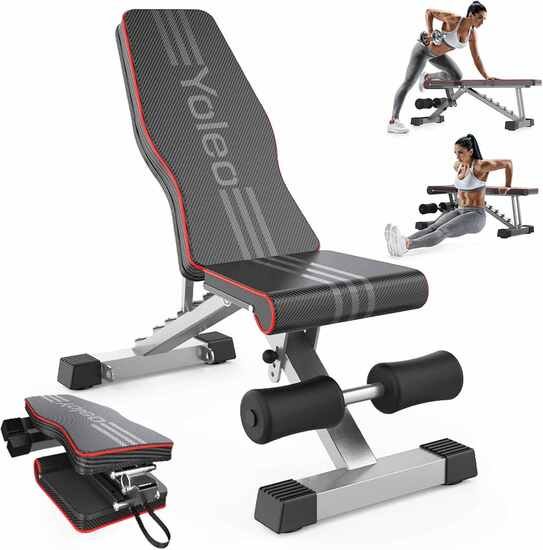
A foldable bench offers versatility for presses, step-ups, and more. When not in use, it can slide under the bed or stand upright in a closet.
4. Yoga Mat or Foldable Exercise Mat
A non-slip, cushioned mat is essential for bodyweight exercises, yoga, pilates, or stretching. Choose one that rolls or folds for easy storage.
5. Suspension Trainers (like TRX)
These can be anchored to a door and provide full-body workouts using your body weight—perfect for tight spaces.
6. Compact Cardio Equipment
If you want a cardio boost, consider:
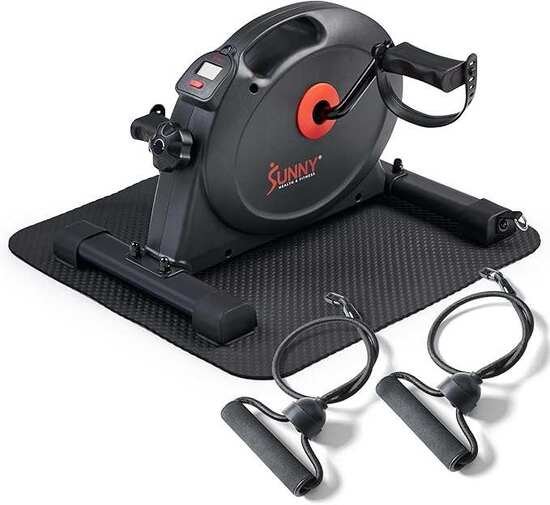
- Folding treadmills
- Mini ellipticals
- Under-desk bikes
- Jump ropes for high-intensity intervals
Wall and Ceiling Solutions to Maximize Space
Walls and ceilings are underutilized assets in small gyms. Use them to free up floor space and organize gear.
- Install wall-mounted shelves or pegboards for storing bands, mats, or accessories.
- Use over-the-door organizers for lightweight gear.
- Ceiling hooks or pull-up bars can be installed for suspension training or stretching ropes.
Designing a Functional Layout
When designing your small home gym layout:
- Keep the center of the space clear for movement.
- Place equipment along walls or in corners.
- Use mirrors to create an illusion of space and check form during workouts.
- Invest in multi-purpose furniture, like an ottoman that stores gear.
Every square foot should serve a purpose. Think vertically, and avoid clutter.
Storage Solutions to Keep It Tidy
Staying organized is crucial. Here are some ideas:
- Under-bed bins for bands and mats.
- Storage ottomans or benches that hold gear.
- Wall-mounted hooks for jump ropes, resistance bands, or towels.
- Drawer carts or cube organizers for storing smaller items like gloves or sliders.
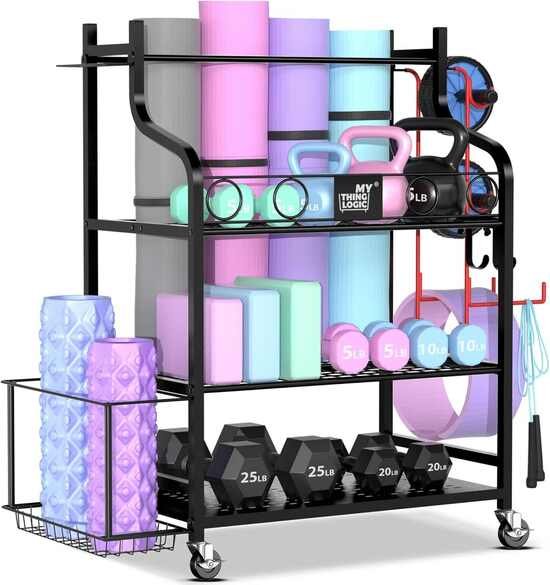
Best Small-Space Workout Routines
Space-efficient workouts can be just as intense and effective. Consider the following routines:
1. Bodyweight HIIT
Mix squats, lunges, push-ups, and mountain climbers in circuits. Requires only a mat and a timer.
2. Dumbbell Strength Training
Use adjustable dumbbells for rows, presses, curls, and weighted lunges. Pair with a foldable bench for variation.
3. Resistance Band Training
Full-body resistance training using anchored bands—ideal for toning and building strength.
4. Yoga and Stretching
Great for mobility, recovery, and overall well-being. Needs only a mat and some floor space.
How to Stay Motivated in a Small Home Gym
Small doesn’t mean less inspiring. Here’s how to keep motivation high:
- Add motivational wall art or decals
- Play energizing music with a compact Bluetooth speaker
- Use fitness apps or YouTube channels for guided workouts
- Track your progress visually with a whiteboard or poster
Personalizing your space makes it more enjoyable and motivating.
Budget Tips for Building a Small Home Gym
You don’t need to break the bank. Here’s how to build your gym affordably:
- Buy used equipment from local listings or second-hand stores.
- Wait for seasonal sales (Black Friday, New Year, etc.)
- Start small, investing in the basics first, then upgrade.
- DIY storage or furniture with simple home materials.
Focus on gear that offers multiple functions—it gives you more workouts per dollar.
Safety Considerations in Small Spaces
While training in tight quarters, safety must come first:
- Ensure you have clearance to move freely.
- Choose non-slip flooring or mats to prevent accidents.
- Store equipment securely to avoid tripping hazards.
- Follow proper form and use mirrors or cameras to check posture.
Transform Your Small Space into a Powerful Gym
A small home doesn’t have to limit your fitness potential. With thoughtful planning, versatile gear, and smart storage, you can build a home gym that rivals any commercial setup. What matters most isn’t square footage—it’s how you use it.
Start small, stay consistent, and upgrade over time. Your dream gym is just a few steps away.



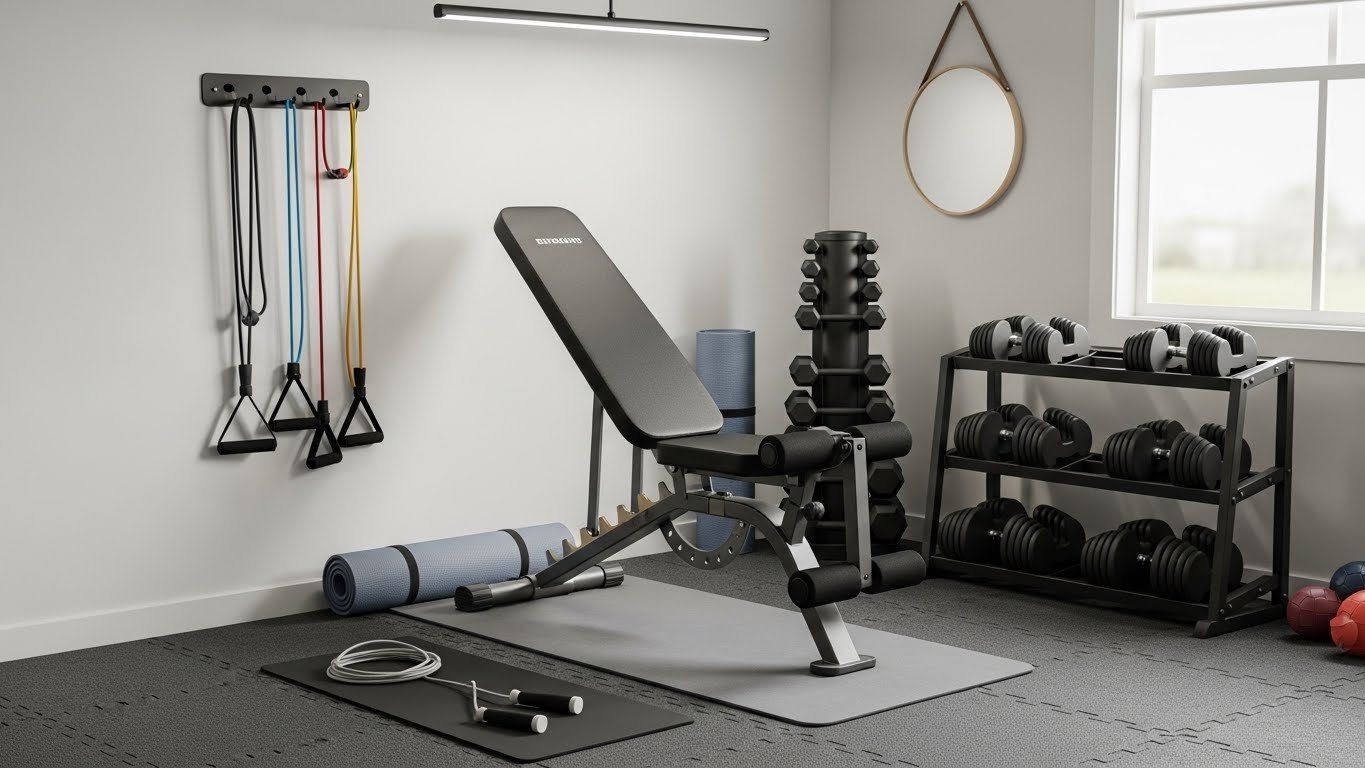
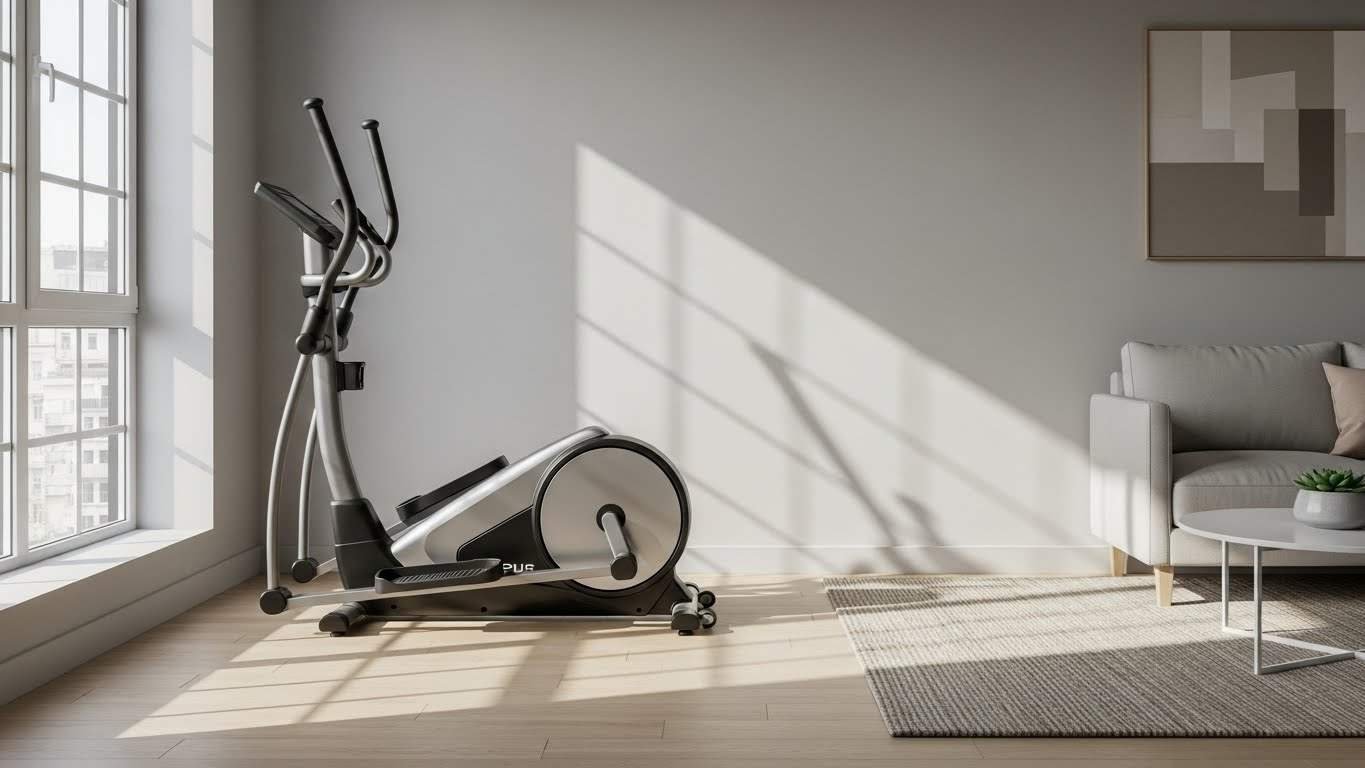
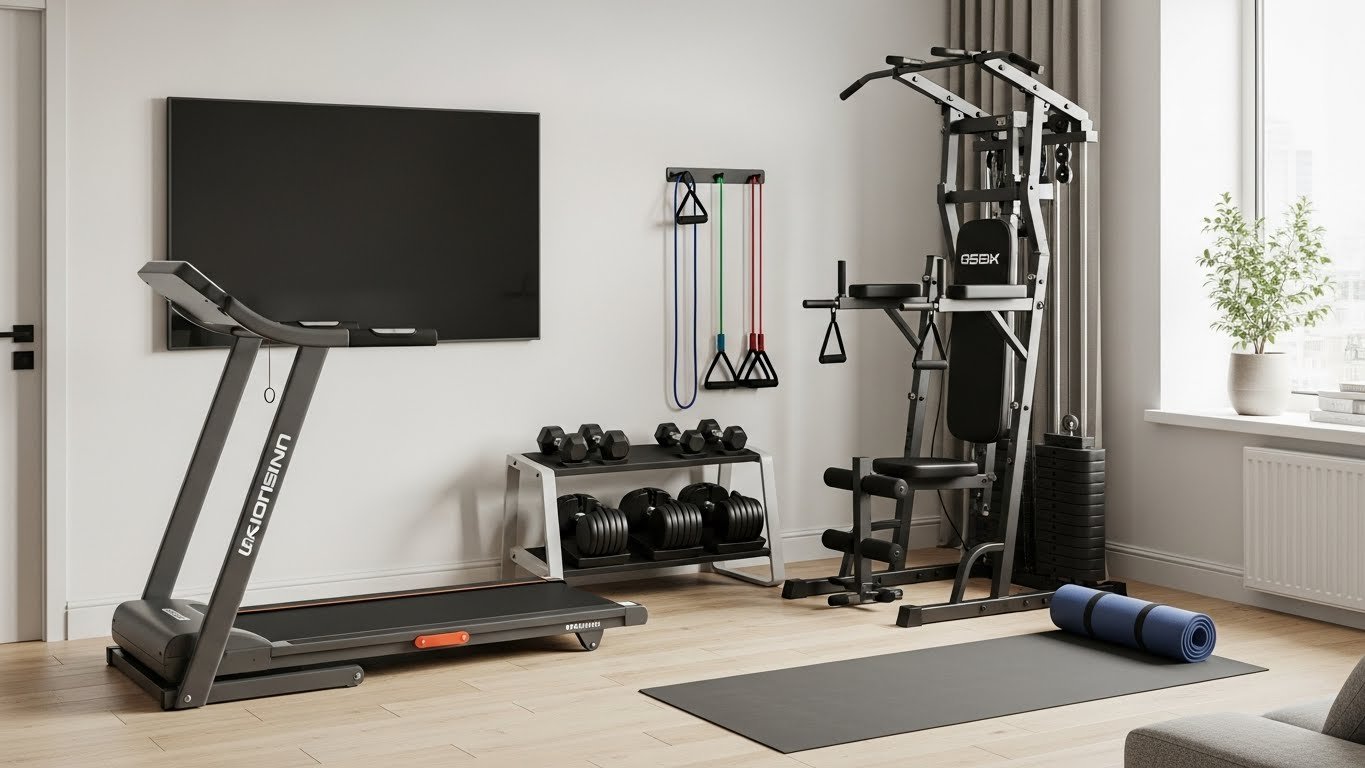
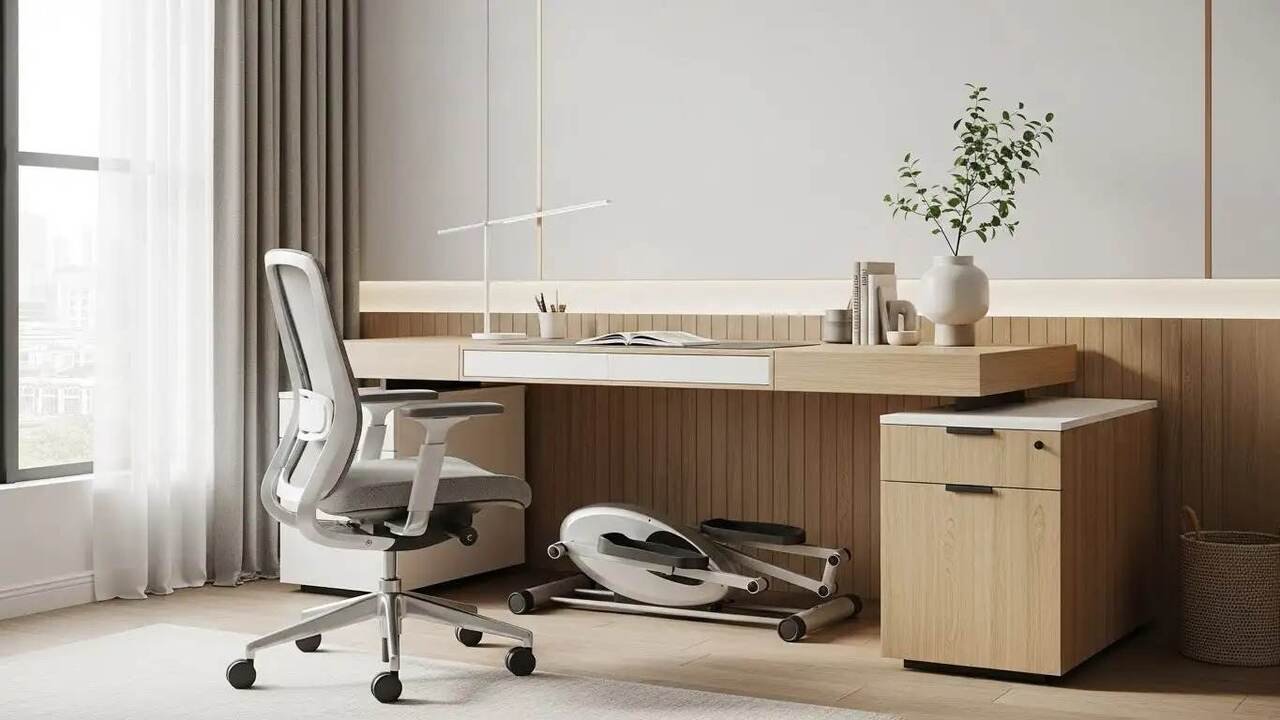
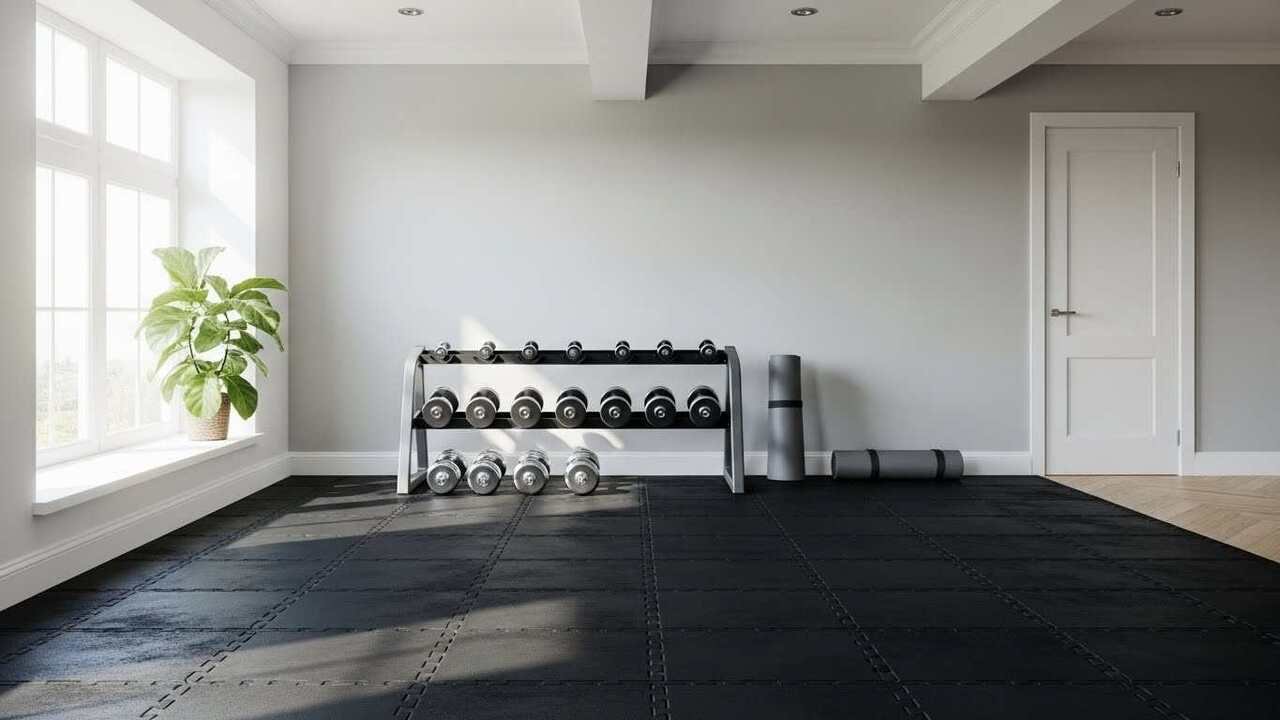
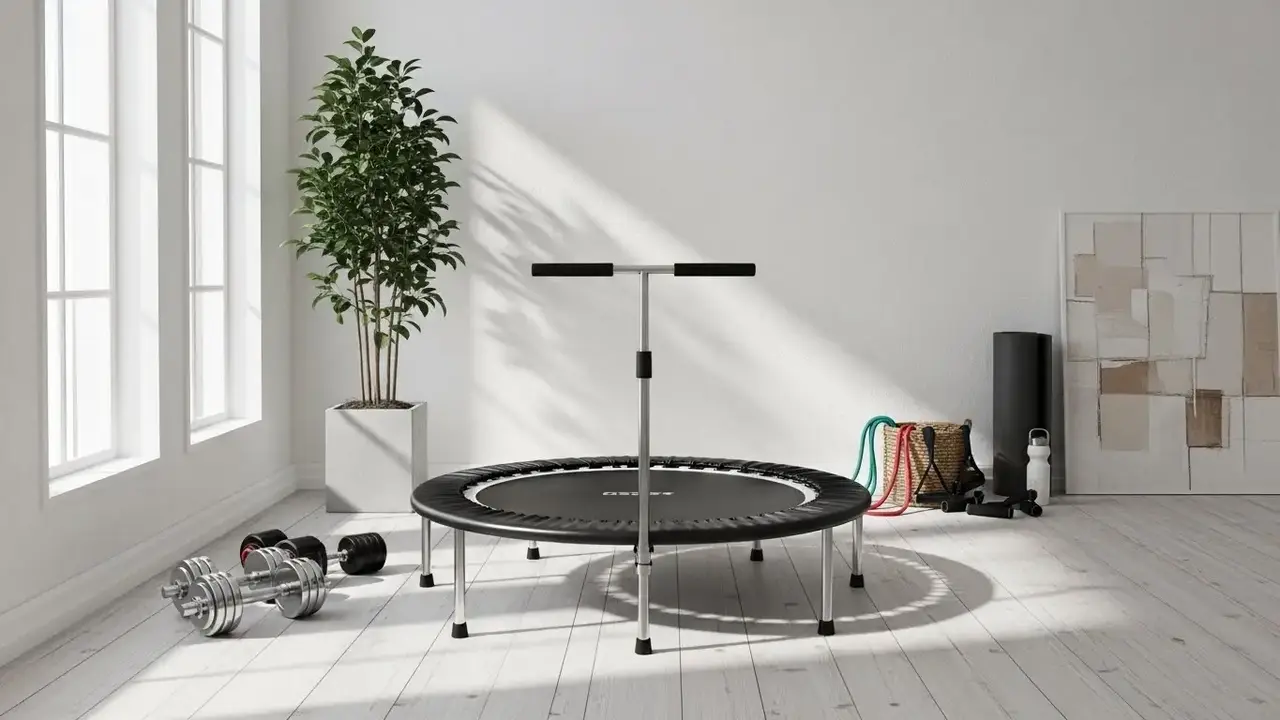
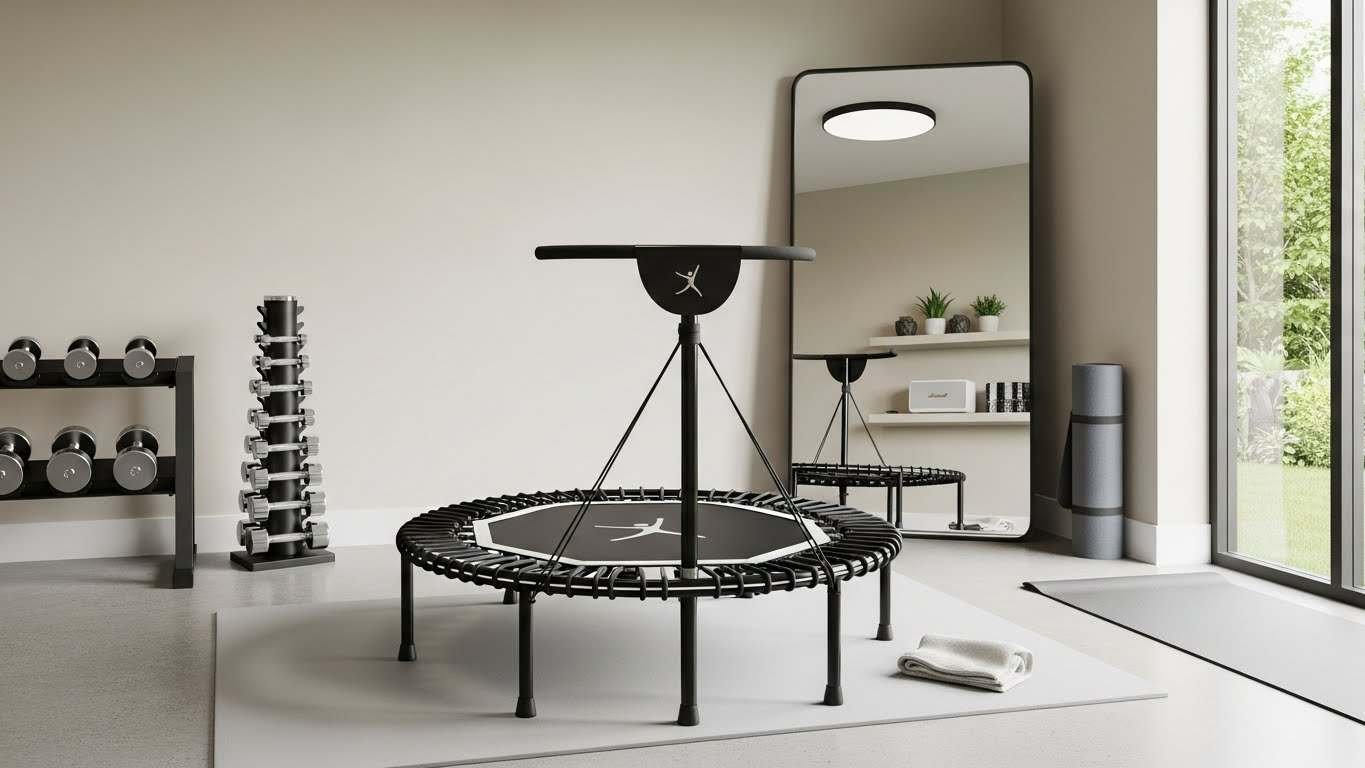
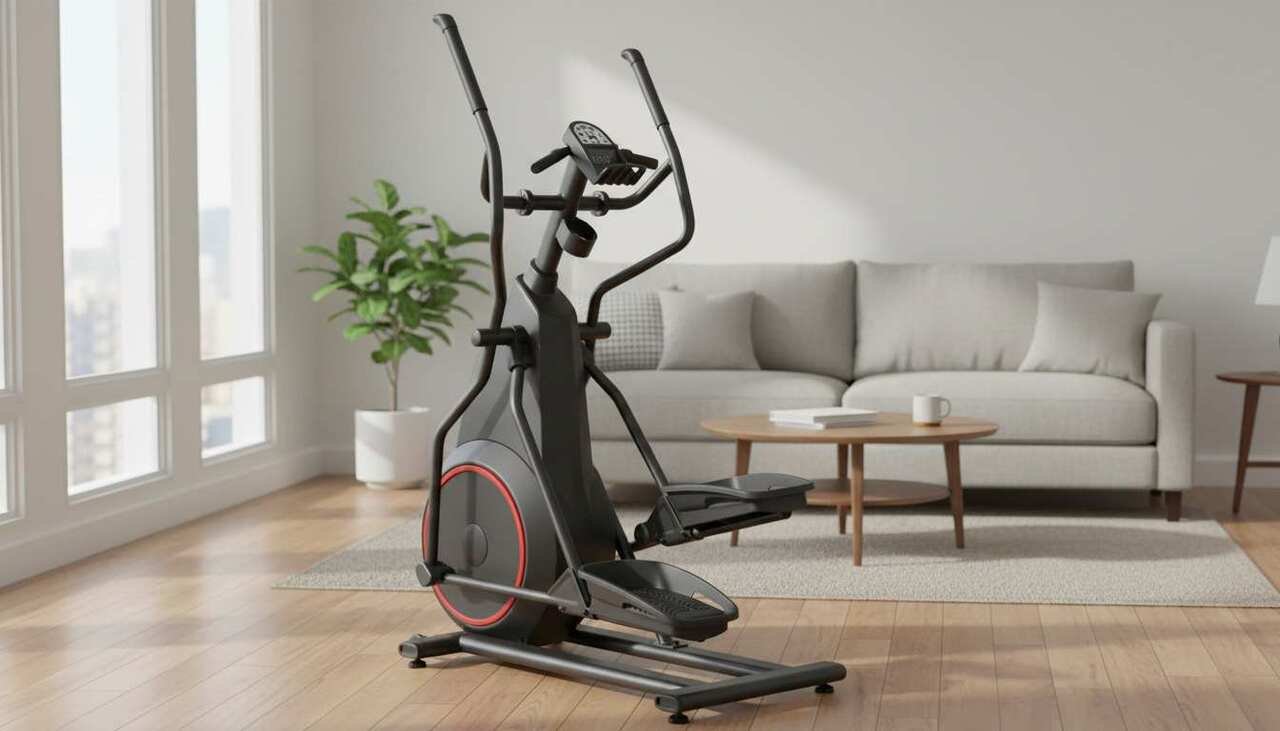
Leave a Reply